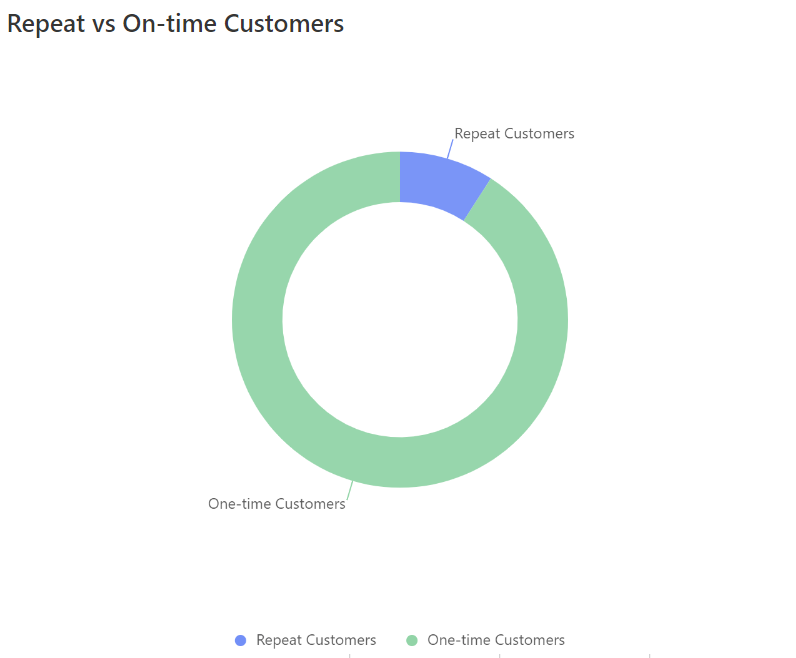What makes your business tick? If you're like most companies, your customers do! Understanding and analyzing your customer demographics can help you to optimize your marketing and sales strategies. This ensures that you're targeting the right audience, creating the right messages, and pitching the right product or service at the right time to the right people. Let's take a look at some of the most important customer demographics and how to figure out what yours are.

A business's customer demographics can tell you a lot about its target market. What do they look like? Where do they live? What are their job titles? Are they male or female? How old are they? etc.
If you want to attract new customers who will be interested in your product, it makes sense to target those who match your existing demographics. If you're looking to get new clients, look for groups of people who have similar characteristics that would be interested in what you're selling. Search engines offer a wealth of information about what people type into them. In addition to providing valuable insight into common interests, search terms can also provide insight into how people talk about certain products or services.
Highest Revenue Customers
Like in most industries, you probably have customers who spend a lot of money on a regular basis. But what can you really learn from them? These customers are different from the rest, so it's important to look at why these particular customers stay loyal.
Repeat customers and high-revenue customers are the most valuable to your company. If you're listening, they'll tell you exactly what they want from your product or service—and how to give it to them. Since they come back so often, it's likely that they're consistently getting what they need. Ask them why they keep coming back and see if there's anything you can do to make the experience even better for them next time.

If you want more loyal customers, start a referral program for your business. This is something that many businesses shy away from doing because it seems like it requires a lot of work and can be really distracting, but in actuality, all it takes is a little nudge and some creativity to get started. A great way to have people bring in their friends is by offering special deals or discounts for purchases made by people who were referred to your business. Reach out to your top customers and ask them why they love your company so much. You'll be surprised and informed by the responses you receive.
Highest Average Spend per Visit Customer

If you feel like a customer that spends the most money per visit doesn't represent all of your customers, think about what other things they may have in common. Maybe they all came from specific advertising or marketing pushes. Maybe they all live in the same area or belong to the same club or organization. Or they're all in their 30s, 40s, or 50s. Once you figure out some of these descriptors about your best customers, you can start tailoring your business to appeal to them even more than before.
What will you learn from knowing who your most lucrative customers are? Here are a few examples: How much they spend on average per visit. (your best customers may be spending $5-$10 every time they stop by, while some others might only spend $1-$2) What items they buy most often. (if men are buying twice as many pairs of dress pants as any other item, maybe you should consider adding more dress pants to the store) Which marketing campaigns brought them in and which ones didn't work so well. A business is only as good as the customers it serves. The more you know about your buyer, the better you can tailor your products and services to them.
Conclusion
Ultimately, you know your business better than anyone else. Pay attention to your customer demographics, and take time to consider what they tell you about your target audience. Once you've got a sense of who your customers are, use that information to build an effective marketing and business strategy. Whether it's through social media sites like Facebook or Twitter, or with more traditional advertising methods like TV or print ads, whichever way you choose to go about it, marketing is something that should always be tailored to fit your customer base. If your company can properly figure out where its most common customers are logging on from and what kinds of things they're looking for, you'll be able to increase the amount of sales coming in without your business having to spend too much money. Either way knowing your customer demographics is one of the keys to your business.

